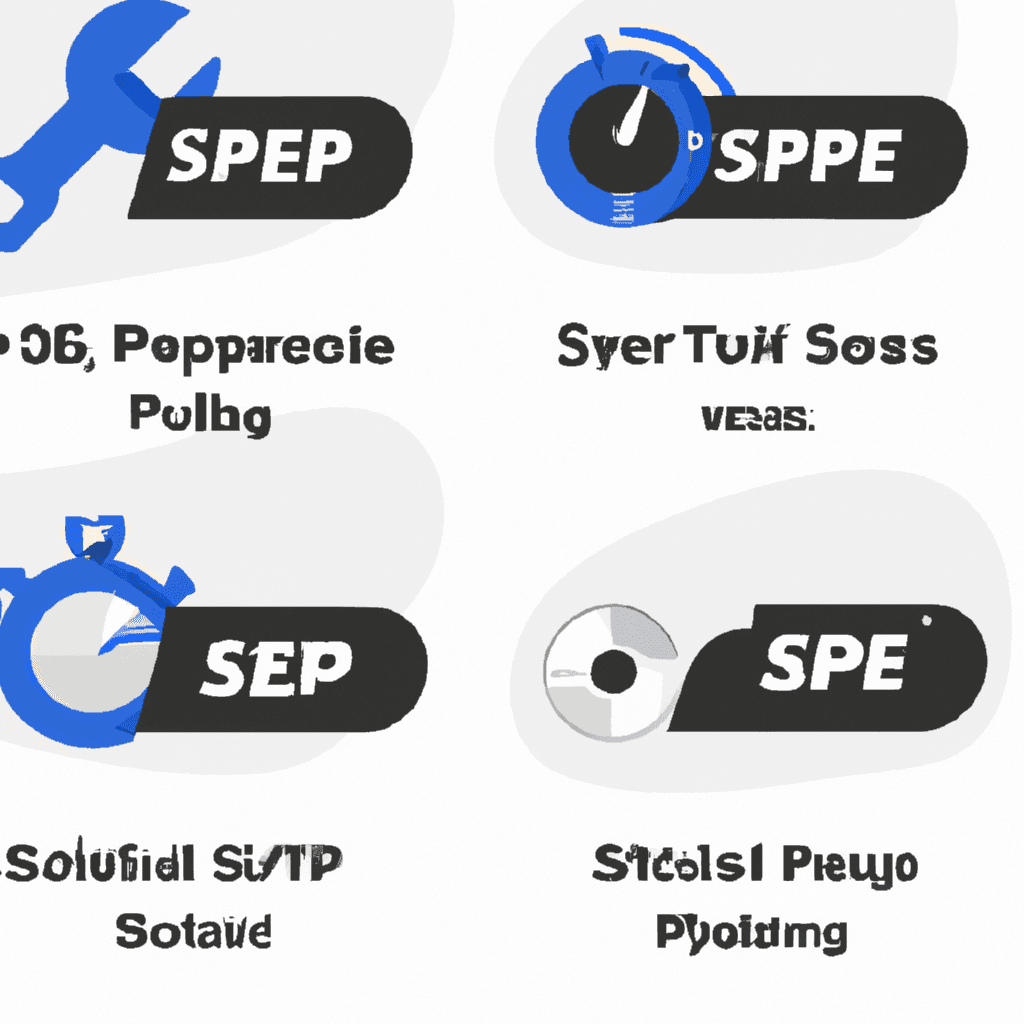Top 5 Strategies for Enhancing Cross-Disciplinary Research Collaboration

Cross-disciplinary research collaboration is an essential aspect of problem-solving and innovation. It brings together individuals from various fields, such as science, art, engineering, and other areas of expertise. By pooling their knowledge and skills, these diverse experts can tackle complex issues and drive progress in their respective domains.
One example that highlights the significance of cross-disciplinary collaboration is weather forecasting. While meteorologists can predict basic weather patterns, understanding climate change requires the collaboration of professionals from different fields. An oceanographer can provide insights into the impact of oceans on weather systems, an ecologist can analyze the effects of environmental changes on climate patterns, and a computer scientist can help process and analyze vast amounts of data. By working together, these experts can gather a more comprehensive understanding of our planet's climate system.
To ensure the success of such collaborations, it is crucial for the involved parties to adopt specific strategies. Here are five key strategies that can make cross-disciplinary collaborations particularly effective:
1. Speak the Same Language
Effective communication is the foundation of any fruitful collaboration. When experts from diverse fields come together, they often encounter specialized terminology or jargon specific to their respective domains. To facilitate clear and efficient communication, it is essential for all team members to use simple, straightforward language that everyone can understand.
In addition, it is important to be patient and willing to explain concepts to others who may not be familiar with the terminology of your field. Asking questions and actively engaging in dialogue can help ensure that everyone is on the same page and promote an environment of mutual understanding.
2. Create a Team Charter
Establishing a team charter is a vital step in organizing and structuring a cross-disciplinary collaboration. A team charter serves as a guideline or rulebook for the team, outlining the shared goals, responsibilities, communication protocols, and conflict resolution strategies.
When creating a team charter, it is important to document the overarching objectives of the collaboration. This provides a clear sense of purpose and direction for all team members. Additionally, defining individual roles and assigning specific tasks ensures that everyone knows their responsibilities and can contribute effectively to the project.
Furthermore, it is vital to establish communication channels and determine how the team will interact and exchange information. Regular meetings and utilizing technology platforms can facilitate seamless collaboration and enable efficient communication among team members.
3. Build Trust
Trust is a fundamental element of any successful collaboration. In a cross-disciplinary team, establishing and nurturing trust among team members is crucial to promote open communication and encourage the sharing of ideas.
Building trust can be achieved through various means, such as fostering an environment of honesty and transparency. Team members should feel comfortable expressing their thoughts, concerns, and opinions without fear of ridicule or dismissal. Honoring commitments and consistently delivering on promises further strengthens trust within the team. Taking the time to get to know one another on a personal level, beyond the boundaries of the project, can also contribute to building trust and nurturing a sense of camaraderie among team members.
4. Learn from Each Other
One of the most valuable aspects of cross-disciplinary collaboration is the opportunity to learn from experts in different fields. By exploring the perspectives, strategies, and approaches of teammates, individuals can expand their knowledge and gain new insights into their own discipline.
To foster a culture of continuous learning, cross-disciplinary teams can organize "teach-me" sessions, where team members share their expertise with one another. This allows for the exchange of knowledge and encourages the acquisition of new skills. Additionally, visiting each other's workplaces or labs provides valuable exposure to different work environments, methodologies, and techniques.
Moreover, seeking feedback from teammates can offer fresh perspectives and help identify potential improvements or advancements in ongoing projects. Embracing feedback as a means of growth and improvement fosters a collaborative atmosphere and encourages the team to strive for excellence.
5. Celebrate Every Victory
Recognizing and celebrating achievements, no matter how big or small, is an essential aspect of fostering motivation and a sense of accomplishment within a team. Celebrating victories not only boosts team morale but also reinforces the team's shared vision and objectives.
To celebrate successes, teams can set small milestones along the path to their ultimate goal. This creates opportunities for frequent celebration and keeps team members motivated throughout the collaboration. Recognition can take various forms, such as organizing celebratory events, award ceremonies, or simply sharing accomplishments on social media platforms or personal blogs.
In addition, sharing victories with a broader audience can create awareness and generate excitement around the project or collaboration. This can be achieved through writing blog posts, engaging with the media, or disseminating information among friends, family, and professional networks.
In conclusion, cross-disciplinary collaboration is a powerful tool for solving complex problems and driving innovation. By adopting strategies such as speaking the same language, creating a team charter, building trust, learning from each other, and celebrating victories, teams can harness the full potential of collaboration. Just like assembling a superhero team, combining the expertise of individuals from diverse fields empowers them to overcome seemingly insurmountable challenges and achieve remarkable results.

Top 5 Unexpected Ways Musical Improvisation Can Enhance Your Blogging Strategy

Cultivating Variety: 5 Gardening Techniques to Enrich Your Content Strategy

Cultivating Your Digital Garden: 5 Strategies for Content Diversification

5 Ancient Cartography Techniques That Influenced Modern Mapping

Top 5 Ways Cognitive Flexibility Enhances Content Creation

Top 5 Cognitive Behavioral Strategies for Entrepreneurs Seeking Peak Performance

5 Effective Time Management Strategies for Busy Entrepreneurs

The Role of Circadian Rhythms in Content Creation: Maximizing Productivity and Creativity

Maximizing Your Harvest: 5 Surprising Lessons from High-Tech Blogging Platforms

Top 5 Explosive Growth Hacking Case Studies for Newbies

Cracking the Code: Understanding the Costs of WordPress Website Maintenance

Top 7 Proven Strategies to Market Your Multi-Niche Blogs and Maximize SEO Impact

Revolutionizing Content Creation: How Auto-Blogging Platforms are Changing the Game

How to Achieve Seamless Auto-Scaling for Your E-Commerce Store with AWS and React

Unveiling OneClickBlog: Streamline Your Content Creation with Automated Multi-Blogging

How to Generate Passive Income Effortlessly with Automated Blogging

Transform Your Blog: Discover 5 Must-Have AI Tools for SEO-Optimized Content

Unleashing the Power of Auto-Blogging: A Guide for Content Creators

WordPress vs. Shopify: Mastering SEO for Quick Rankings in 2023

Revolutionizing Digital Entrepreneurship: Harnessing Auto-Blogging and Affiliate Marketing

Transitioning from Job Hunt Frustrations to Startup Founding: Is It Your Path Forward?
